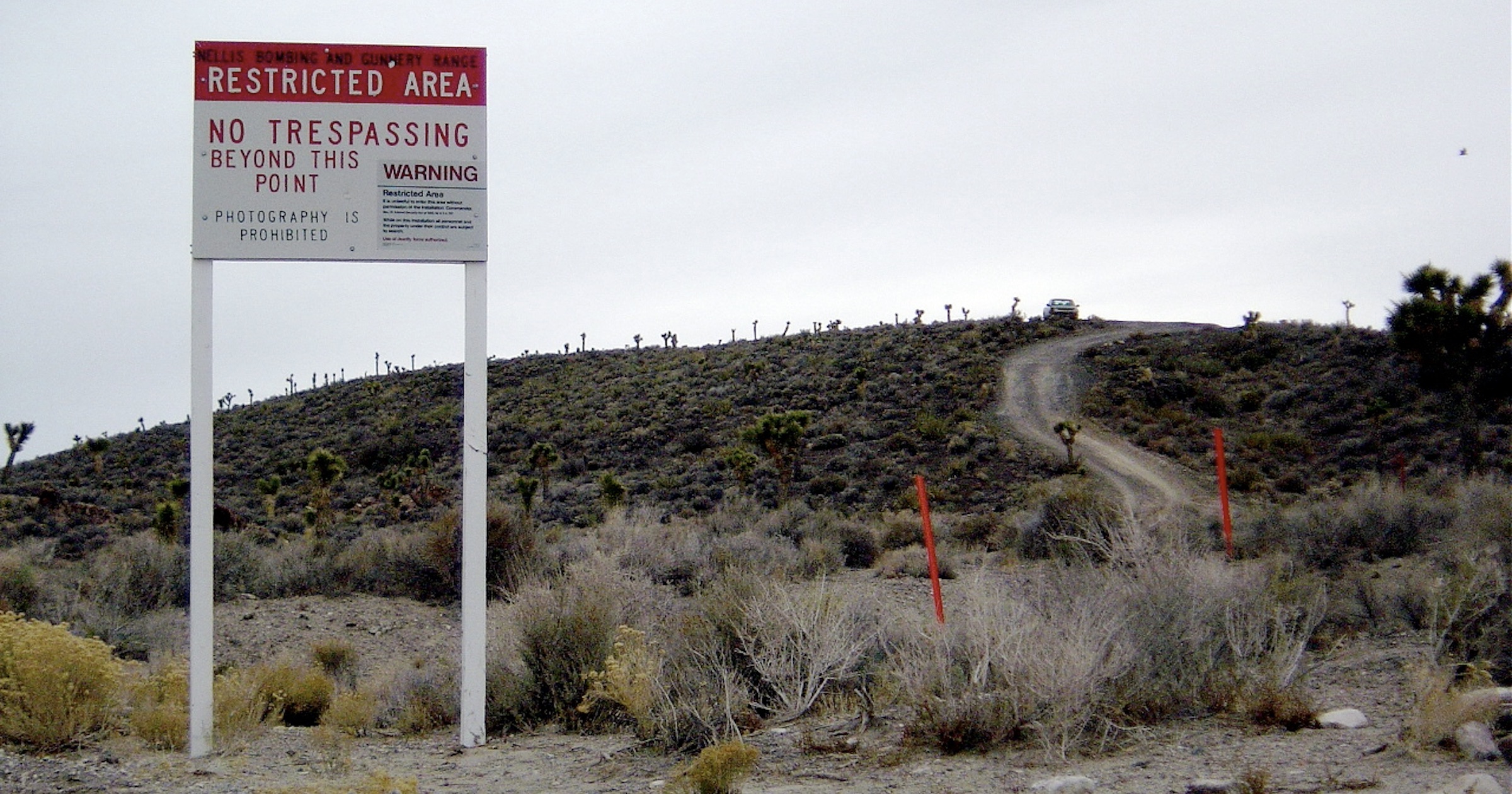 Evolution
Evolution
 Intelligent Design
Intelligent Design
Biology as Reverse Engineering

Due to my training in physics and engineering, I come to the discussion of intelligent design a bit differently from biologists. Here, then, is an interesting question: Is biology a science comparable to physics or chemistry? I would argue that it is not.
An Alien Craft
Instead, it falls more into the realm of reverse engineering. An analogy I like to use is NASA finding a crashed spaceship in a cave located in Area 51. They would see the task of understanding the vessel as a task in reverse engineering an artifact built by an intelligence greater than their own. They would bring in chemists and physicists, but they would also bring in engineers. The latter would attempt to identity the overarching design logic and any system aboard the craft that resembles human engineering. They would then attempt to discern the purpose of the system’s components and their interrelationships based on the design motif they identified. They might also predict what components they would likely discover based on the design motif’s underlying logic.
Systems biologists are using this very approach to understand living systems and structures. My favorite book on the topic is System Modeling in Cellular Biology: From Concepts to Nuts and Bolts (MIT Press).
Here is an example from p. 39:
From engineering, it is known that feedback control (plus feedforward control) enabled by fast and if possible remote advanced-warning sensing is the most powerful mechanism for providing robustness to fluctuations in the environment and the component parts. The heat-shock response in E. coli appears to employ exactly the same principles as shown by detailed modeling and subsequent model reduction to the core elements (El-Samad et al., 2005).
Evidence for Design in Biology
The benefit and predictive power of applying engineering-based analyses is already demonstrated in the academic literature. To those who have studied engineering, the evidence for design in biology is obvious.
The Engineering Research Group I participate in has launched a few projects to demonstrate this approach. One of the first was championed by Waldean Schulz who has now written three BIO-Complexity articles on the bacterial flagellum. Casey Luskin and I have written about this recently, here and here. What is striking is how Schulz was able to predict and elucidate many of the flagellum’s details. Michael Behe, for one, has been quite impressed by Schulz’s novel insights.
Many systems biologists already use design-based assumptions, language, and methods. Yet at the end of the day, they often simply give credit to evolution for its engineering prowess. They make no logical connection between their work and any tangible evolutionary process. This ironic situation is like that of a person with no artistic talent breaking into the studio of an art prodigy and stealing all his or her art. The thief then claims the art as his own production and criticizes the prodigy for his lack of productivity.
